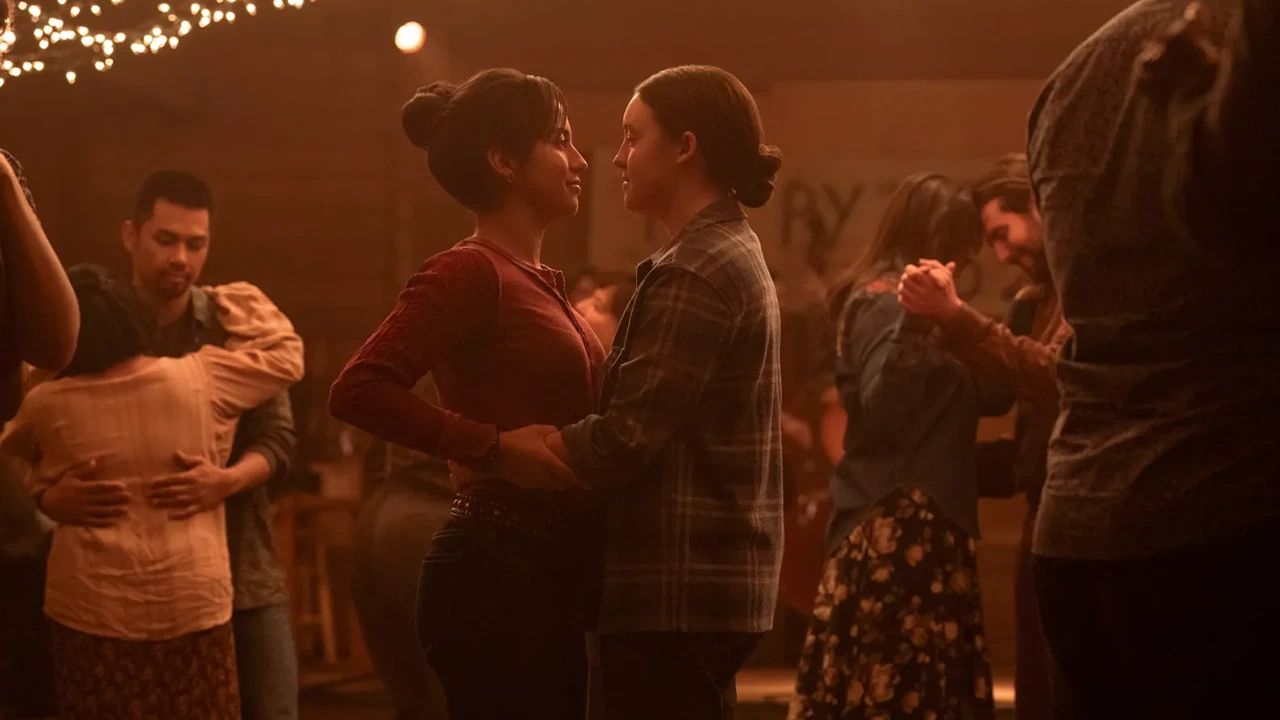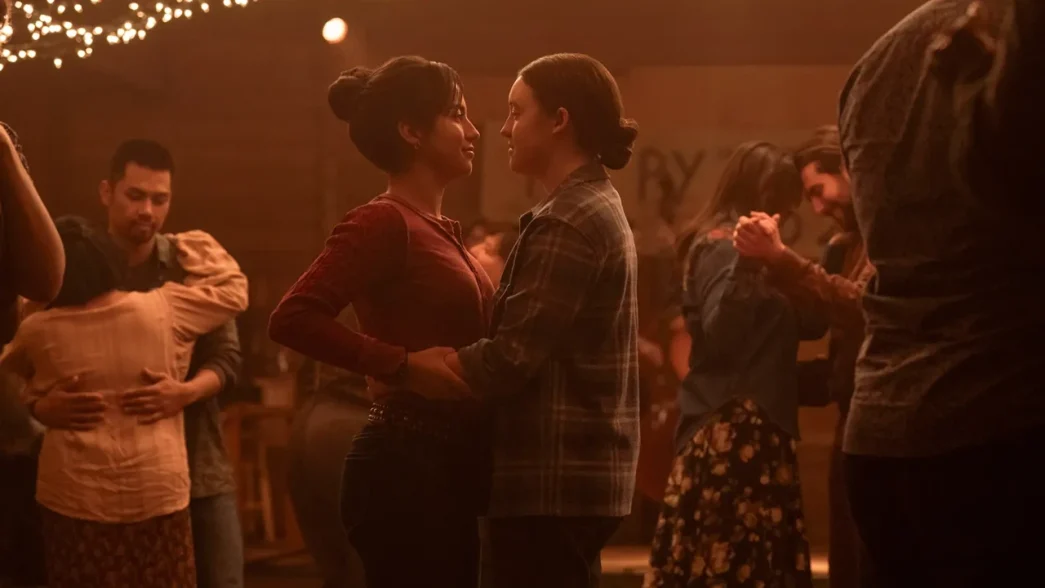The Last of Us has never been afraid to bring its own vision to the table, and it’s worked well so far for character development and emotional ride. Season 2, so far, has been comparatively more loose with the game’s timeline, and episode 3 is the same. Here’s a detailed look at all the significant (and minor) changes The Last of Us show has brought to the original game. Spoiler alert: there are many spoilers below. If you’re not up on both the series and the game, you might want to hold off.
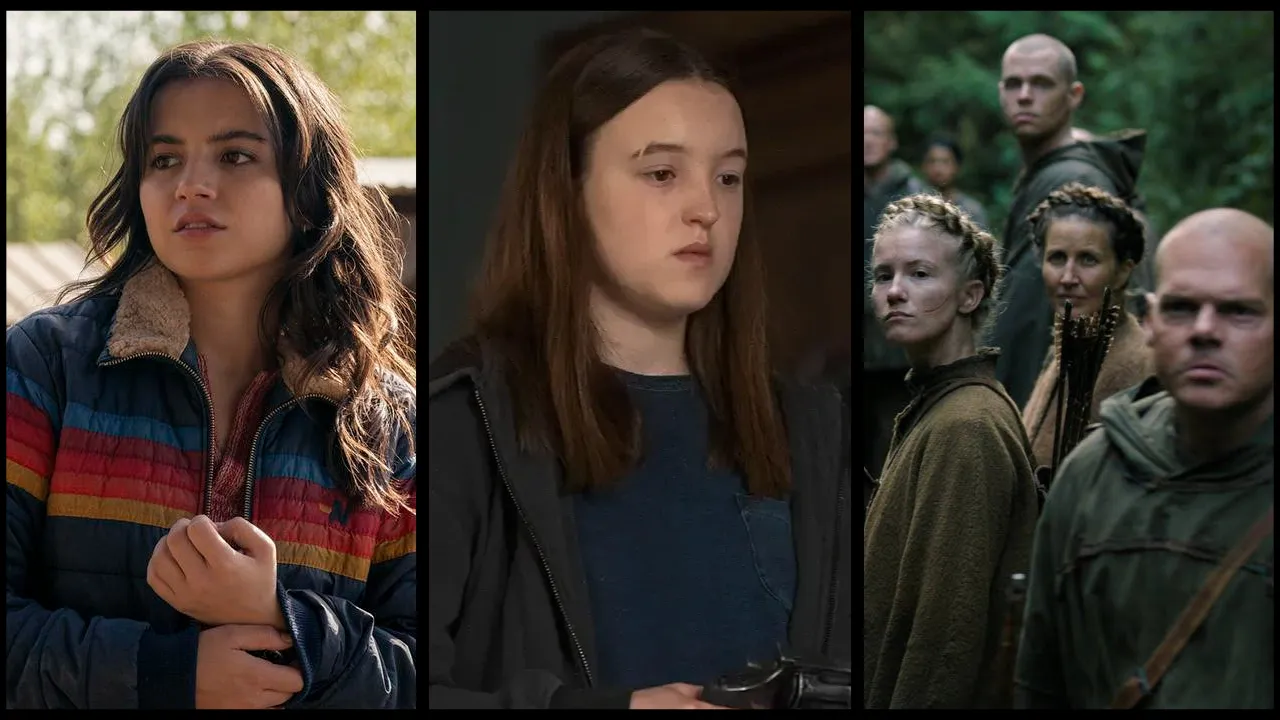
1. The Seraphites Show Up Sooner
The Last of Us Part 2 players already know how deadly the Scars (or Seraphites) are. Interestingly, the series introduces them sooner than the game. There is one instance where a group of Scars is moving stealthily through the forest just outside Seattle, talking about “the prophet,” their divine leader.
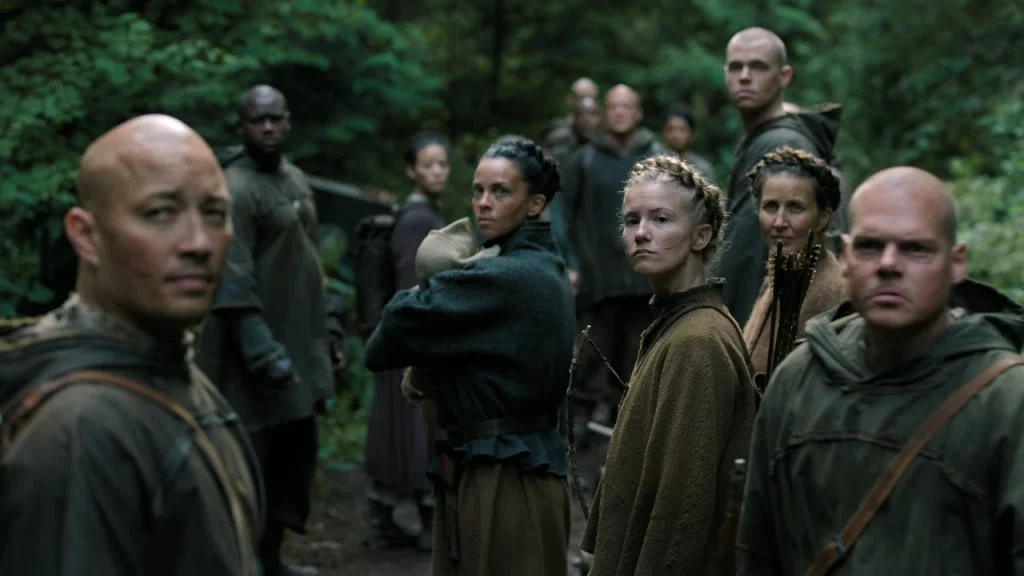
Ellie and Dina then come across some Seraphite bodies. Introducing them so early shows that the world outside is not just deadly due to the infected, it also has new dangers from human beings.
2. Three-Month Timeskip
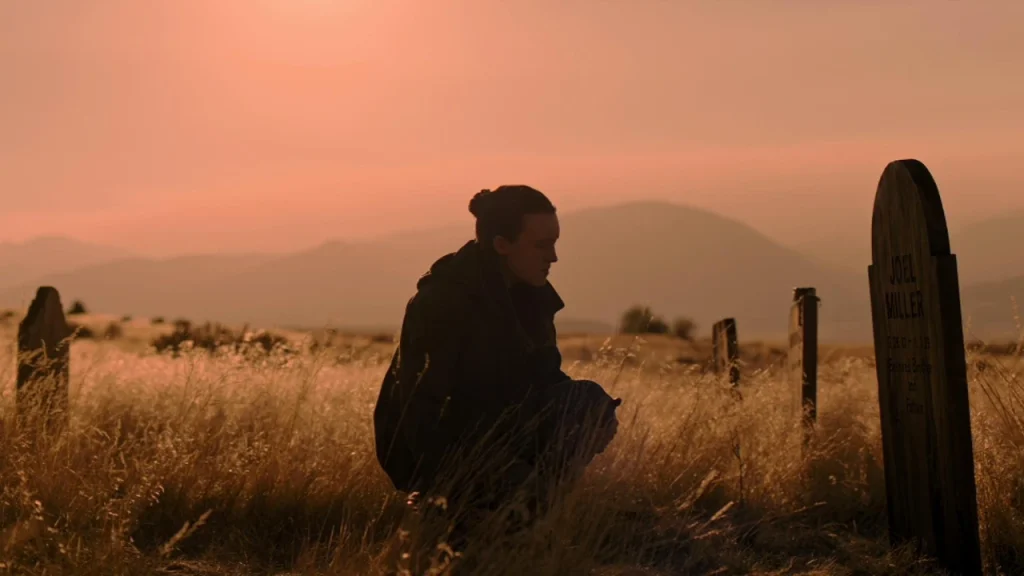
The Last of Us series has made some radical changes, especially after Joel’s death. Following that sad loss, the series jumps forward three months, showing Jackson recovering slowly after a brutal assault by an infected, a plot twist that was not present in the original game.
Also Read:
Ellie is in the hospital, getting medical check-ups and even meeting new character Gail, who was initially written as one of the series-only characters. In the game, Ellie can’t even catch her breath before she charges headfirst into vengeance, so the show’s more realistic, and a more grounded pacing is a welcome relief.
3. Tommy’s Emotional Farewell Struck Harder
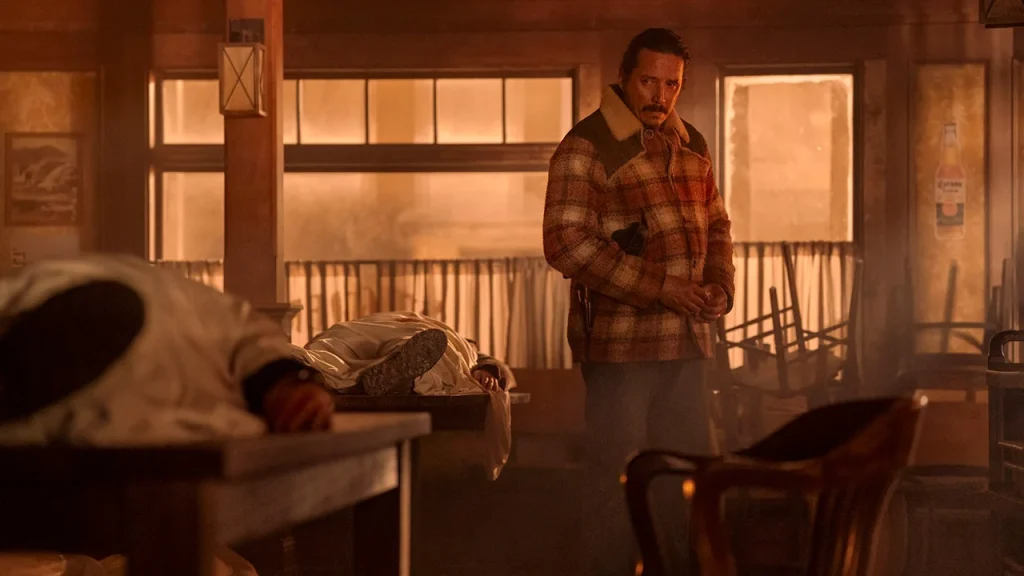
One of the important changes in the show is from Tommy’s perspective during Joel’s final moments. In the game, Tommy isn’t there, he stays back in Jackson when the infected overwhelm the city and never gets the opportunity to say a proper goodbye. He is a town councilor now, dealing with rebuilding the city and making strategic decisions instead of acting on emotions.
Nonetheless, fans of the game who have followed it for a long time may feel somewhat disappointed. In the original story, Tommy’s path is significant, even if somewhat underutilized, and many were hoping the show would allow him more space on the center stage.
Despite Tommy’s decision to stay, altering the momentum, there is still hope for his story to take flight. He could still go after Ellie and Dina in one of the future episodes. But these changes could also have some significant consequences, particularly with how significant Tommy is in the game’s narrative. For now, we’ll just have to wait and see if the show gives the fans the payoff they are expecting.
4. Ellie’s Last Memory with Joel is a Secret

During a therapy session with Gail, Ellie informs her that the last time she’d spoken with Joel was when they’d fought at the dance. But gamers realize that there is another major point in time between the two that hasn’t yet been revealed.
Whether or not the show is holding that memory in reserve for some future disclosure or whether it’s going to entirely rewrite that remains to be seen. Either way, it’s another way The Last of Us show has departed from the game.
5. Joel’s House Clings to Comforting Memories with a Twist
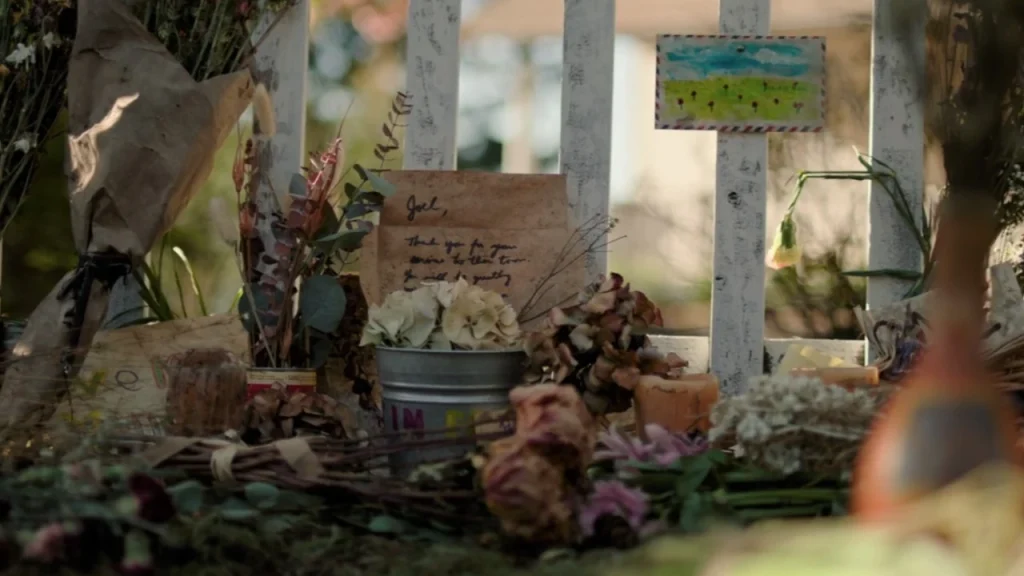
Ellie going to Joel’s house feels taken directly from the game. She goes through his house, looking through his things, finding his watch and gun in the end in a red box, just like in the game. We even see Ellie leave some coffee beans near Joel’s grave to honor his memory, as the old handsome man loved drinking coffee. Something Ellie and Dina never understood.
But this isn’t quite the same. In The Last of Us Part II, Joel’s grave was inside Jackson City. Here, it’s farther away and more tragic. And in the game, Dina is already with Ellie for this scene, and Maria pushes them towards finding Tommy. The show’s alterations are small, but they make everything feel slightly different, emotionally weighted.
6. Jackson’s Council Alters the Balance

One of the best changes the game never implemented, but the show did was to introduce Jackson’s town council. Ellie and Dina have to face the council and get their permission to send a patrol into Seattle.
It makes Jackson feel like a real, living community with politics and leadership problems, rather than a peaceful background for Ellie’s story. It also makes their quest feel bigger and somewhat more official.
7. Ellie and Dina’s Relationship Is on a Different Speed

The series also changes Dina and Ellie’s relationship from the game. Since Joel had taken Dina out on patrol instead of Tommy (a change made in episode two), Ellie and Dina’s relationship takes a little longer to develop here.
In the game, they had already slept together by this point. In the series, however, their first genuine heart-to-heart encounter and kiss happen when they’re camping out overnight in a tent. It’s a different setting, but the emotional truth, the vulnerability, and intimacy between them are true to the game.
8. Seth’s Major Transformation in The Show
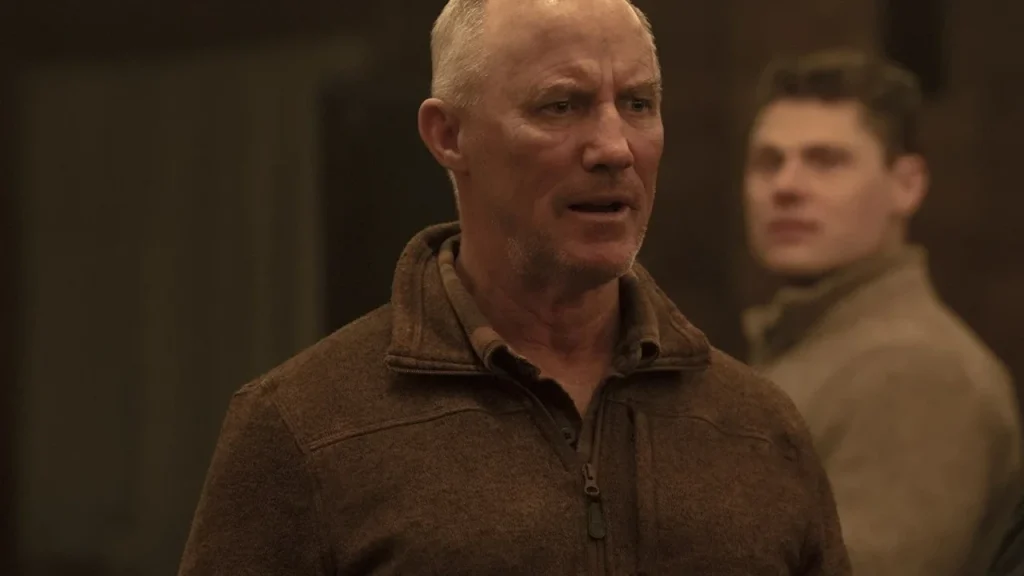
At the same time, the other supporting game character, Seth, gets a slight makeover. Seth, most infamous for spewing homophobic insults at Ellie and Dina during the New Year’s Eve dance, is true to that odious part of his character. But the series gives his storyline a twist.
Seth’s apology in The Last of Us Part II is not particularly sincere. Maria, the leader of Jackson, pretty much bullies him into apologizing the following morning. He awkwardly invites Ellie and Dina on patrol and gives them sandwiches, which Ellie derisively calls “bigot sandwiches” before giving them to Jesse. It’s a short scene that shows the tensions in Jackson without really giving Seth much chance at redemption.
The HBO series, though, provides him with more depth. In a town council meeting, Seth is one of the first people to rise up and defend Ellie’s motion to pursue a team against Joel’s killers. His support isn’t coerced, as he stands with her of his own free will. It’s a small thing, but it makes us see him differently from the game.
Bonus: Opening Change
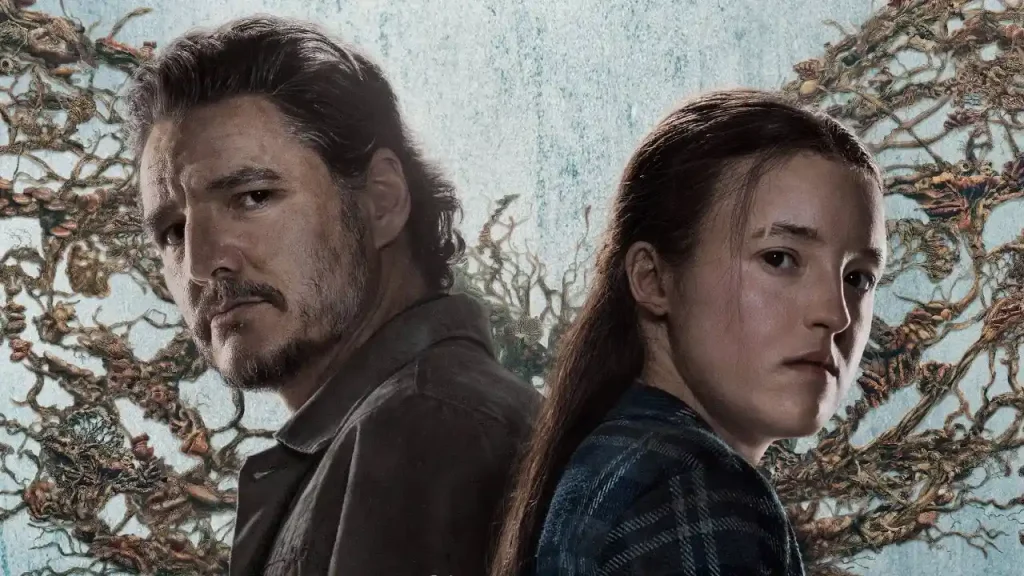
The Last of Us Season 2 Episode 3’s credits may seem the same, but if you’re paying close attention, you might catch a small but devastating difference by the sequence’s end.
In earlier seasons, the final shot had two small figures stepping out of the fungal wasteland, a visual symbol of the bond between Joel and Ellie. Now, there is only one small figure. It is a tragic but poignant reminder of Joel’s death, woven seamlessly into the show. Even the opening credits mourn his death, establishing a somber, emotional tone before the episode even actually starts.
Most of these changes seem reasonable and best for the story. There’s no doubt that The Last of Us Part II is a masterpiece, but these changes make the story feel more alive.

